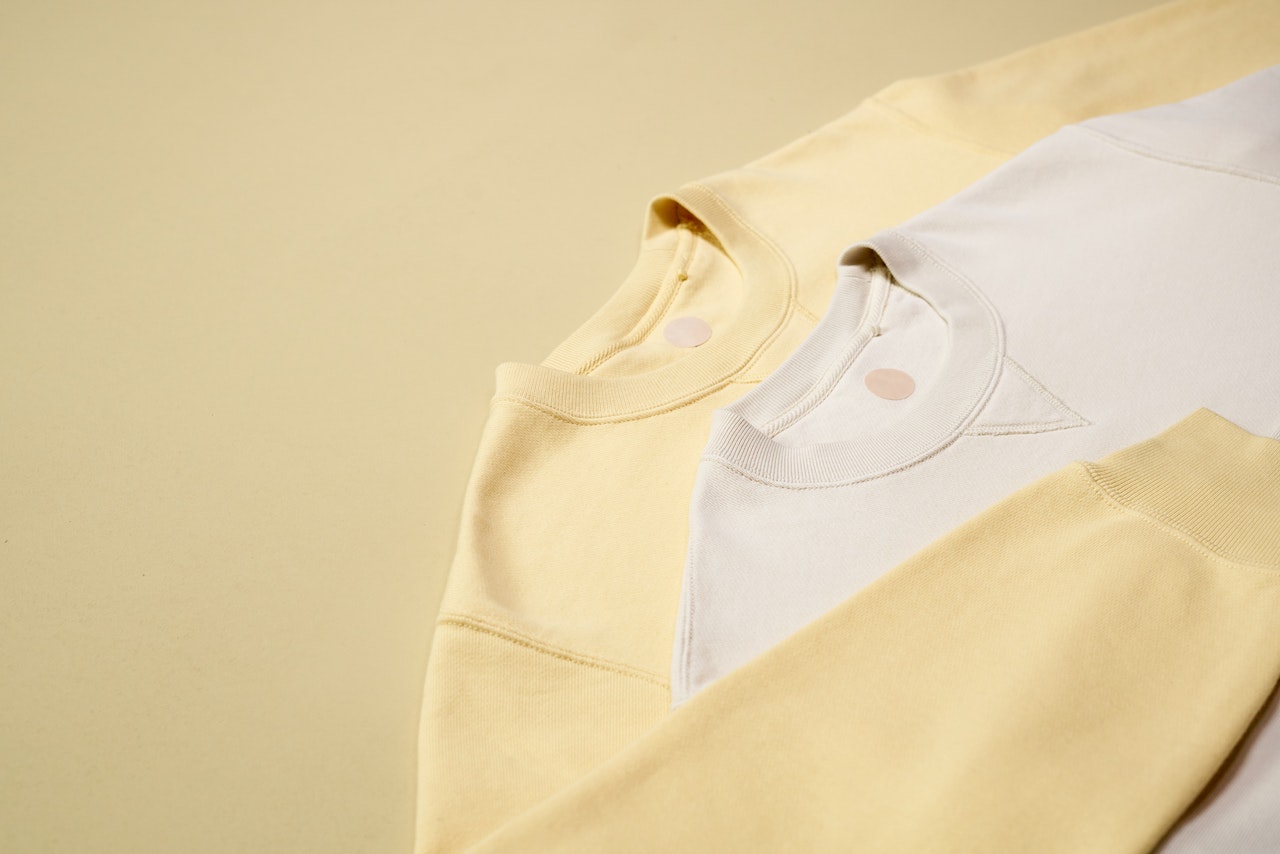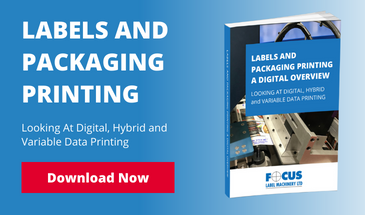
When important information needs to be added to a garment, such as washing and care instructions or constituent fibres, clothing manufacturers and their print suppliers have three choices: garment labels, heat transfer labels, and direct-to-garment prints.
Each method has its own merits and disadvantages so, in this article, we will outline the pros and cons so an informed decision can be made about which textile label delivers the best results at the most cost-effective price.
Garment labels: the pros
- Garment labels are available in a variety of ribbon types, colours, and qualities, so there is a greater choice depending on the image or branding required for the garment.
- Printed labels can be supplied in a multi-layer format, with information printed on both sides to maximise content or communicate in several different languages – ideal for manufacturers who export overseas.
- Labels can be supplied directly to the garment manufacturer to be applied before or during manufacture.
- Printed labels present the best way to meet legal obligations by clearly displaying key product information in accordance with local and national laws.
- Printed garment labels can feature detailed fine text or highly decorative graphics, which cannot be achieved with direct print applications.
Garment labels: the cons
- Garment manufacturers must plan and pre-order labels for integration into the garment during manufacture to ensure that they are on hand as soon as needed.
- Any delay in the delivery of garment labels can hold up orders. Most garment manufacturers rely on third-party suppliers for their printed labels, so supply chains must be fluid.
- Over-ordering quantities can create a surplus stock, while under-ordering can delay the distribution of finished garments.
Heat transfer printing: the pros
- Heat transfer printing is another popular method due to the simplicity of the process. Label images are supplied on paper or clear film with a special coating. When applied to the garment under pressure and heat, the image will seamlessly transfer to the garment.
- Transfer prints can be as colourful or as simple as needed, giving designers plenty of scope for flexibility.
- Heat-transferred prints are soft, making them ideal for garments that touch the skin, such as ‘T-Shirts, underwear, and performance sports clothing.
Heat transfer printing: the cons
- The garment manufacturer must invest in special heat presses which require a strict maintenance schedule to ensure they correctly apply transfers. (Sometimes, the transfer manufacturer may apply the presses as part of their service.)
- Heat transfers are not suitable for all types of fabric. Check before commencing a print run to prevent damage to garments and lost revenues!
- Heat transfers must be washed correctly to prevent wear; for example, garments must be turned inside-out and washed at lower temperatures.
- Printing mistakes cannot be reversed, so designs must be diligently checked as any mistakes will result in returns.
- When stretched, the print may crack, making the label unclear.
- The garment manufacturer must plan and pre-order labels for integration into the garment during manufacture; any delays can hold up orders and affect delivery times.
- Like printed garment labels, over or under-ordering can cause problems in the supply chain.
Direct-to-garment printing: the pros
- The garment manufacturer prints directly to the product using pad printing technology. This saves time and ensures that garments are ready to ship to meet customer demand.
- A label inventory is not required so the garment producer will not face over or under-stocking situations, meaning they can control their expenditure more carefully.
- Designs are easy to transfer to the material as it goes straight from digital software to the pad print. All design alterations are carried out with the software, so no further adjustments will be required after printing.
- As there are limited colours available, printing time is much quicker.
Direct-to-Garment Printing: the cons
- Errors in labelling cannot be reversed, so diligence must prevail when checking the completed digital design.
- The design may be pixelated or blurry if proper measures are not taken to prevent these problems.
- Limited to single-colour applications.
- Direct-to-garment prints may have a shorter life, as the print can come off during washing or tumble drying, or it may crack when stretched.
Contact Focus Label today
For more information about our textile label printing machines, please download our free Guide to Textile Printing or call our team on 01949 836223.
Image Source: Pexels







